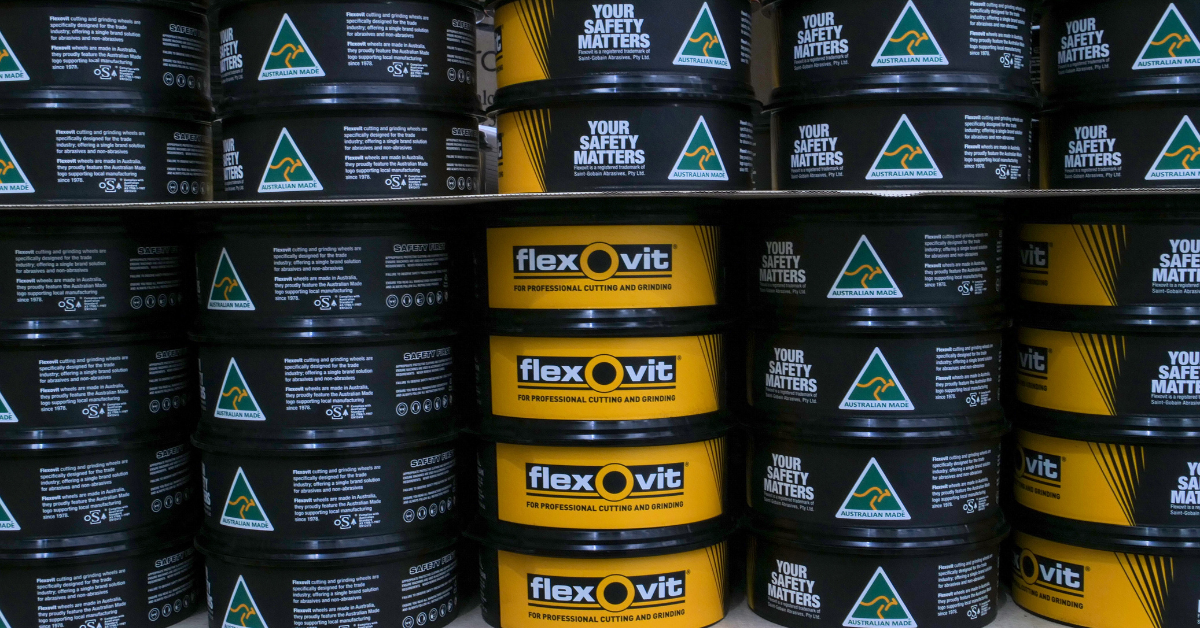Precision, performance, safety in cutting and grinding wheels
In cutting and abrasion work, the tool isn’t just part of the job - it is the job. Using the wrong tool for the task or opting for a cheaper,...
When using cutting blades of any type it is imperative that the user fully understands the correct method of use. Improper use of diamond blades is dangerous and can result in blade breakage and serious injury. Here are the do's and don'ts of diamond blade use.

Diamond blades are safe if used correctly. Do:
Read the safety instructions provided by the abrasives and equipment supplier
Store diamond blades in dry, frost-free conditions, avoid large temperature variations
Ensure that the product is suitable for its purpose
Handle, store and transport products with care
Disconnect the power to the machine before fitting the diamond blade
Examine all products before mounting and periodically during blade use for possible defects or damage (core flatness, fatigue cracks, undercutting, arbor damage…)
Check that correct mounting devices are used and that they are clean, undistorted and free from burrs
Ensure that work rests are properly adjusted and secure
Always use a correctly designed and adjusted guard (on the blade and belts)
Ensure that the workpiece is secure
Wear appropriate personal protective equipment at all times
Avoid clogging and uneven wear to ensure that the product is working efficiently
Ensure accordance between product direction arrow / machine rotation
Ensure that all machines using abrasives meet the requirements of the current european machinery directives-CE
Be aware of the hazards likely during the use of abrasives and observe the recommended precautions to be taken:
Bodily contact with the abrasive product at operating speed
Injury resulting from product breakage during use
Grinding debris, sparks, fumes and dust generated by the grinding process
Noise
Vibration

Diamond blades are dangerous if abused. Don't:
Store wheels in a damp atmosphere or in extreme temperatures.
Mount a damaged wheel.
EVER exceed the maximum operating speed marked on the wheel.
Force a wheel onto a machine spindle.
Tighten the mounting nut or locking flange excessively. Doing so can distort the flanges.
Use a machine which is not in good mechanical condition.
Use a machine without a wheel guard.
Use wheels without proper ventilation or dust protection equipment.
Stop the wheel by applying pressure to the periphery or face. Always switch the machine off and allow the wheel to stop revolving.
Allow the wheel to be trapped or pinched in the cut.
Apply excessive pressure onto the wheel so that the driving motor slows down.
Grind on the side of cutting-off wheels.
Grind with a depressed centre grinding wheel at an angle below 30° to the workpiece.

In cutting and abrasion work, the tool isn’t just part of the job - it is the job. Using the wrong tool for the task or opting for a cheaper,...
.png)
The safety and efficiency of Australia’s public rail network relies on sound, well maintained railway tracks. The productivity of the nation’s major...